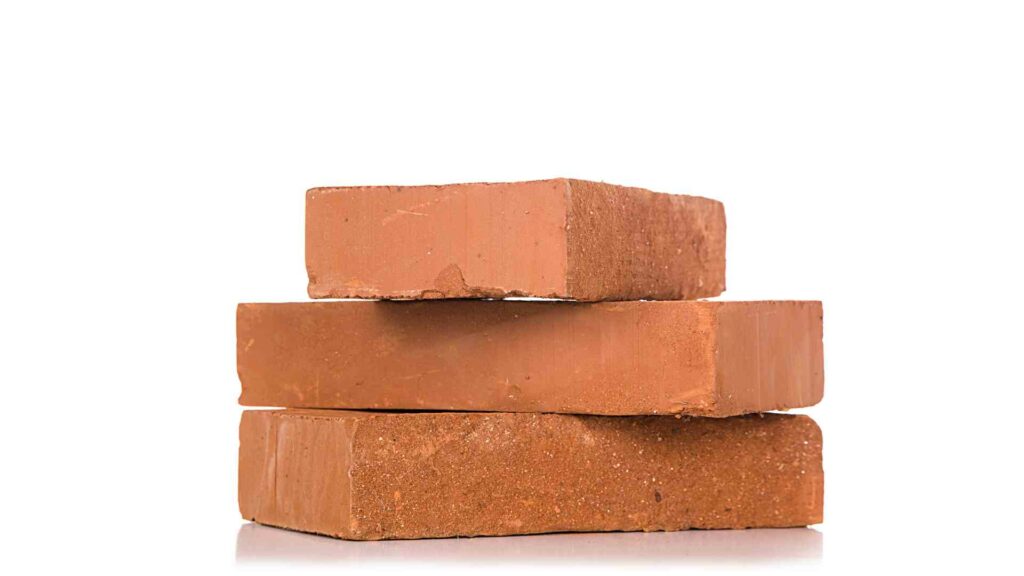The Benefits of Sulfur and Boron Fertilization for Cotton
Cotton is a valuable crop that has been grown for centuries. Recent studies have shown that sulfur and boron fertilization can improve the yield and quality of cotton crops. Sulfur is an important nutrient for plant growth, as it helps with photosynthesis and seed formation. Boron increases the number of branches and leaves, which leads to increased flowering. Both of these nutrients are essential for healthy crops.

Cotton
Boron is Essential for Cotton Growth
Cotton production relies heavily on boron, an essential micronutrient key to successful boll development. Unfortunately, due to leaching and poor soil CEC in sandy or tropical soils, maintaining adequate levels of B can be challenging for growers.
Cotton production is already a difficult process with the introduction of new faster-fruiting varieties, which becomes even more tricky when providing essential nutrients like boron. This can be exacerbated further because of water stress from drought conditions and higher light intensities in areas where day lengths are extended.
Boron is an essential mineral for cotton plants, acting as a key role in the production of vital components such as nucleic acids and plant hormones. Moreover, boron helps maintain the structural integrity of cell membranes while aiding pollen viability to ensure optimal growth-related processes.
Signs and Symptoms of Boron Deficiency
Boron deficiency in cotton crops can be insidious, and even though it may not present with severe symptoms, the lack of visibly damaged foliage or flowers has a devastating impact on seed yields.
Bands forming on petioles are often one telltale sign that something is amiss: the tissue around these bands will die off and stunt terminal buds’ growth. Meanwhile, other lateral branches sprout but remain undersized due to small internodes, although their leaves stay green until frost sets.
In cases where boron deficiency reaches its peak severity, plants won’t survive beyond this stage without intervention.
Application of Boron for Optimal Growth
Boron helps support the production of fruiting sites and pollination processes and even contributes to higher quality fiber yields – but unfortunately, it can be hard to come by when most needed.
The recommended minimum application of 0.5 lb/A may work for soils with average rainfall or irrigation. However, soil applied B leaches away quickly on sandy soils commonly found in U.S Cotton Belt regions and areas subject to excessive rains or low CECs.
Foliar applications are preferred since they offer a more effective and efficient way of delivering necessary nutrients before square formation through successful boll retention phases.
Let’s explore what the experts recommend when it comes to Boron fertilization for optimum crop growth.
• Improve cotton yields by applying boron to fields with soil levels less than 0.50 ppm
• Broadcast 1.0 or 2.0 pounds of boron per acre, depending on the soil pH level
• Yield response to boron fertilization is most significant when fields have been limed to a soil pH value above 6.0
The Effect of Sulfur on Cotton
For decades, farmers and agriculturalists have relied on the plentiful supply of sulfur from rainfall deposition or organic matter decomposition to sustain their crops. Unfortunately, this is no longer a valid assumption due to recent changes in air quality encouraged by the U.S. Clean Air Act of 1970.
The aim was to reduce the environmental damage caused by “acid rain” emissions resulting mainly from coal burning; as such, power facilities across America shifted away from high-sulfur Illinois coals (averaging 4.8 percent S) towards low-sulfur Western US Subbituminous Powder River Basin Coal with only 0.6 percent S pushing crop fertilization demands higher than ever before.
Scientists at the National Atmospheric Deposition Program are exploring how sulfate burdens our environment. Over the last decade, Missouri has seen a remarkable reduction of nearly 30% in sulfur deposition levels during winter months – when most rainfall occurs – taking us from 22 to 30 pounds per acre between 1989 and 1991 down to 15-20 over 2001 to 2003.
Let’s explore the optimum sulfur fertilization of cotton crops to ensure a healthy and prosperous yield.
Sandy soils with low S levels can significantly benefit from sulfur fertilizer; one way to apply it is by spreading 12-18 pounds of ammonium sulfate per acre.
In an investigation across three Missouri soil types, cotton yields were significantly increased on sandy soils when treated with elemental or foliarized sulfur compounds such as calcium sulfate and magnesium sulfite. In contrast, no effect was seen in loam conditions.
Cotton to Thrive as a Staple Crop
Cotton is a versatile and soft fiber that has been used for millennia. The cultivation requires the use of boron and sulfur for optimal growth. However, too much of either element can be detrimental to the crop.
Farmers must, therefore, carefully monitor their crops and adjust their application rates accordingly. With proper management, cotton can continue to thrive as a staple crop in many parts of the world.





